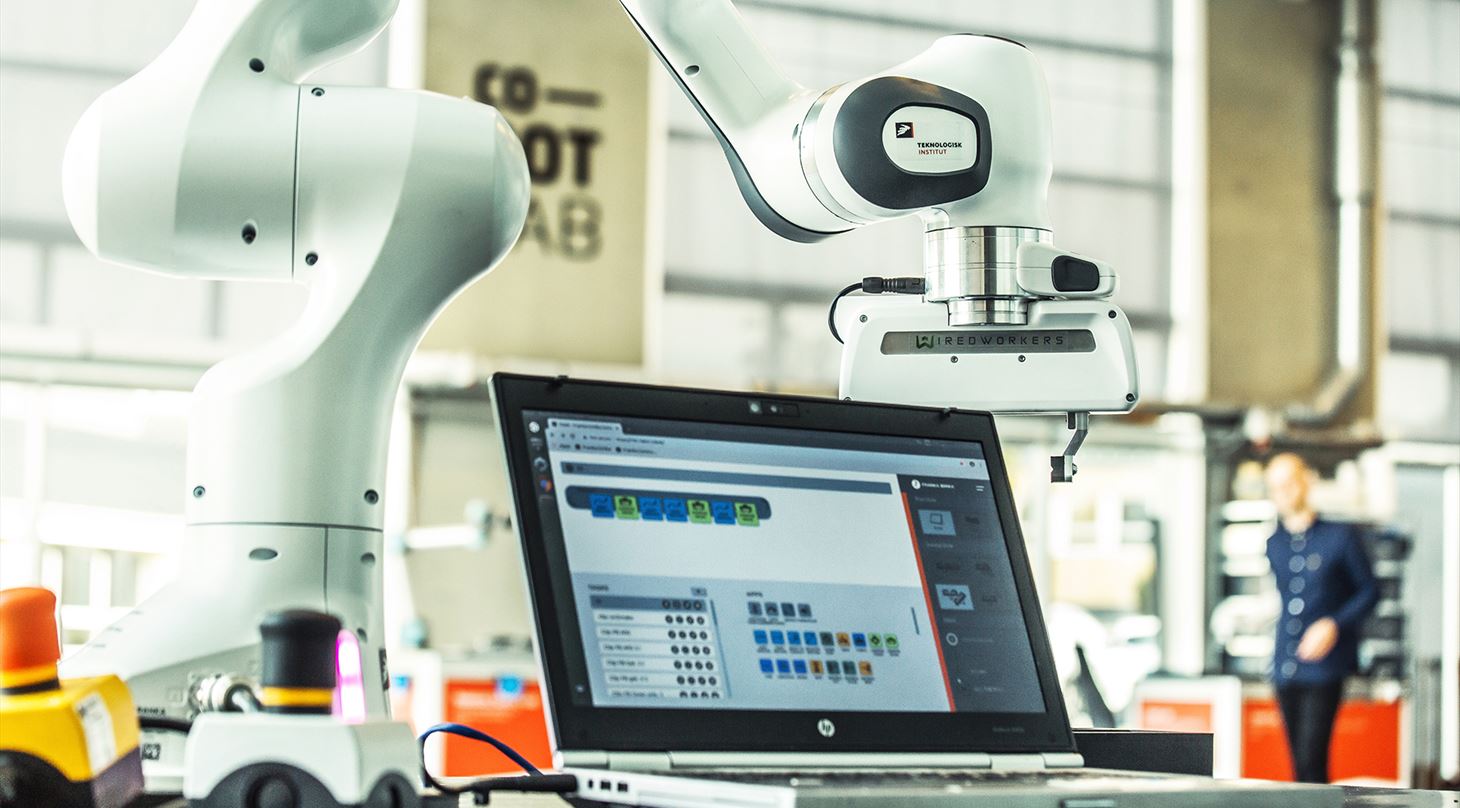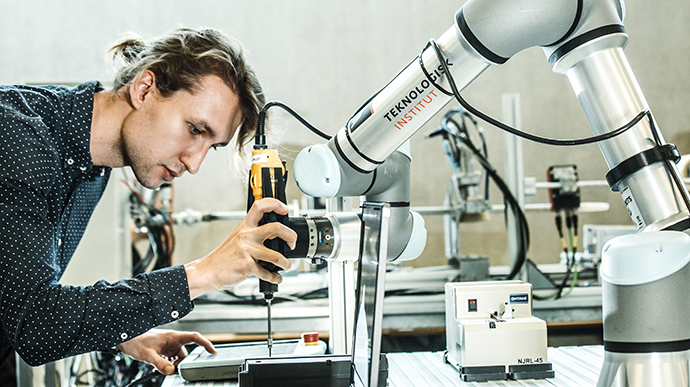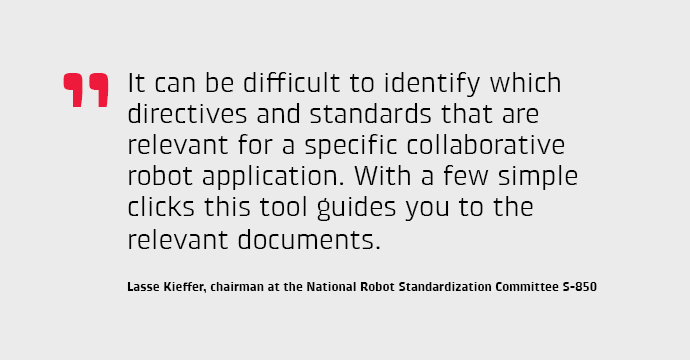
New robots must be safe for humans: A new digital tool helps companies on their way
The European project COVR has developed a free, digital toolkit, which provides quick access to everything you need to know when you want a safe, collaborative robot.
The new generation of robots is working even closer to their human counterparts. It makes manual work less tedious and more interesting - and embellish the bottom line of companies.
However, it also places greater demand on knowledge about safety, as the mechanical workers - the robots - no longer hide behind a fence.
That is why the European collaboration COVR - with the Danish Technological Institute (DTI), National Research Council of Italy, Fraunhofer IFF, Roessingh Research & Development and CEA - developed a free, digital toolbox, which provides quick access to everything you need to know when you want a safe, collaborative robot - a cobot.
- We are trying to remove one of the barriers that can slow down the spread of robots: That companies do not know where to access help and information on safety, says Aske Bach Lassen, Project Coordinator of the COVR project at DTI.

Safearoundrobots.com - which is the name of the new digital service - helps companies towards safe cobot installations. You can find inspiration from others who have also purchased a cobot, guidance on how to make a risk assessment and find relevant standards and protocols.
- The COVR Toolkit has given me an understanding of robot safety and how best to implement a safe cobot. It has given me expertise that I have not found anywhere else in the cobot environment, says Kim Gungaard, Automation Supporter at the global bioscience company Chr. Hansen and user of the toolkit.
The website serves as a very detailed instruction book, where each step towards a safer robot is described.
- The toolkit can help, regardless your level of knowledge. For the beginner, it provides advice on safe robot programming and how to make risk assessment, while the expert will be able to find knowledge regarding validation protocols, latest publications on safety and an overview of advanced measuring equipment, which can be used to test your robot's safety, says Aske Bach Lassen.

Help is needed
All the European partners in COVR has been working since 2018 to make the road to safer robots shorter and more manageable.
Safearoundrobots.com will help you set up your cobots and the safety within the production area, health care and agriculture, and the help is much needed.
- The cobot industry has asked for deeper guidance and practical examples for over a decade. With the help provided by safearoundrobots.com I hope to see more collaborative robots installed, by means of efficient and thorough risk assessment, says Lasse Kieffer, chairman at the National Robot Standardization Committee S-850, and continues:
- It can be difficult to identify which directives and standards that are relevant for a specific collaborative robot application. With a few simple clicks this tool guides you to the relevant documents.